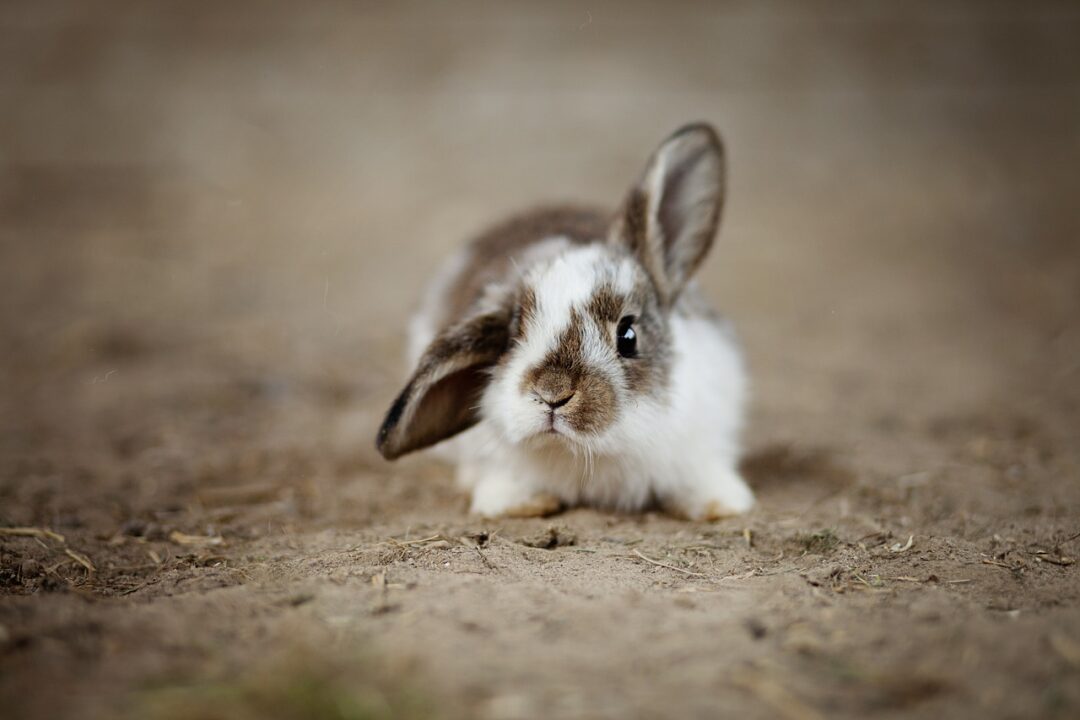Contents
Understanding Rabbit Body Language: Decoding Your Bunny’s Signals
Introduction: The Silent Language of Rabbits
Rabbits are fascinating creatures with a unique way of communicating. While they might not use words, they have a rich and intricate language of their own – their body language. Learning to interpret your rabbit’s body cues can help you better understand their emotions, needs, and even their state of health. In this guide, we’ll explore the subtle signals that make up rabbit body language and help you become fluent in understanding what your bunny is telling you.
The Ears: Windows to Emotion
Rabbit ears are more than just floppy accessories – they’re expressive tools that reveal a lot about how your rabbit feels. When your rabbit’s ears are up and alert, it typically means they’re curious, attentive, or even excited. Ears that are pointed backward or flat against the body might indicate fear, discomfort, or a readiness to flee. If you notice your rabbit’s ears twitching, it’s a sign that they’re actively listening and aware of their surroundings.
Ears positioned slightly forward, but not fully upright, show that your rabbit is feeling content and relaxed. Keep in mind that ear positions can change quickly, so observe your rabbit’s ears in different situations to get a better sense of their mood and comfort level.
The Eyes: Windows to the Soul
Rabbit eyes might seem small, but they’re incredibly expressive. When your rabbit’s eyes are wide open, they’re likely feeling curious or interested. On the other hand, half-closed eyes can indicate comfort and relaxation. If your rabbit’s eyes are fully closed, they might be taking a nap or feeling safe and content in their environment.
Watch out for signs of stress or fear, such as wide-open eyes with dilated pupils. This could mean that your rabbit is in a heightened state of alertness or anxiety. It’s also important to note that a rabbit’s eyes can communicate their overall well-being. Dull or cloudy eyes might be a sign of illness, and any sudden changes in eye appearance should prompt a visit to the veterinarian.
The Tail: Mood Indicator
Rabbits communicate their emotions through their tails as well. When a rabbit holds its tail up high, it’s typically feeling confident and content. However, if the tail is held tightly against the body or tucked underneath, your rabbit might be feeling scared, anxious, or submissive.
Thumping is another way rabbits use their tails to communicate. If your rabbit thumps its hind legs on the ground, it’s an alert to potential danger. They use this behavior to warn other rabbits of a potential threat, and you’ll often see them freeze after thumping to assess the situation.
Conclusion: Building a Deeper Bond
Understanding rabbit body language opens a window into your furry friend’s thoughts and emotions. By paying attention to their ears, eyes, tail, and overall posture, you can learn to decode their silent messages and respond appropriately. As you become more familiar with your rabbit’s body language, you’ll build a stronger bond of trust and companionship. That is one big thing to keep in mind when we spoke about rabbit care essentials.
